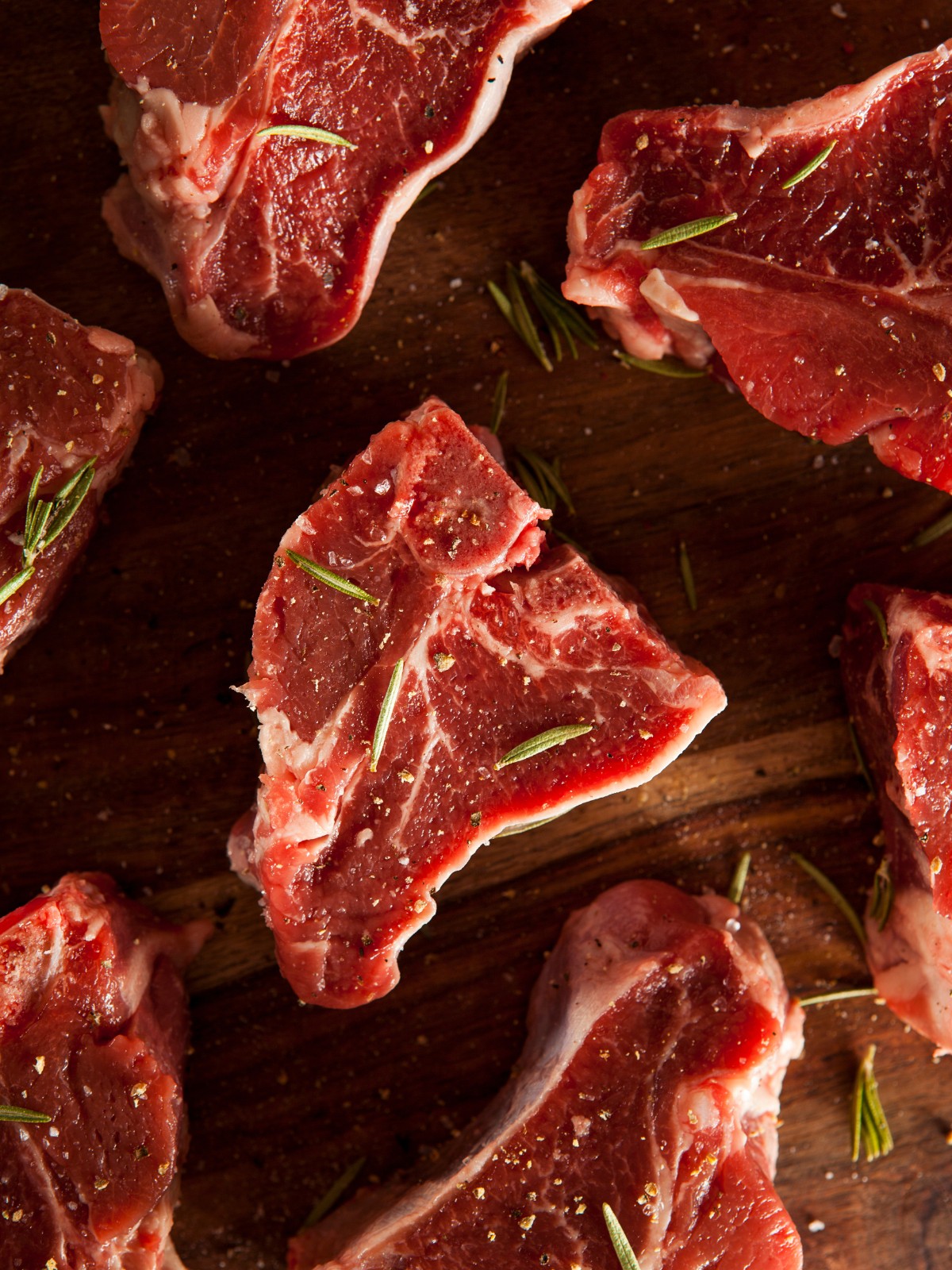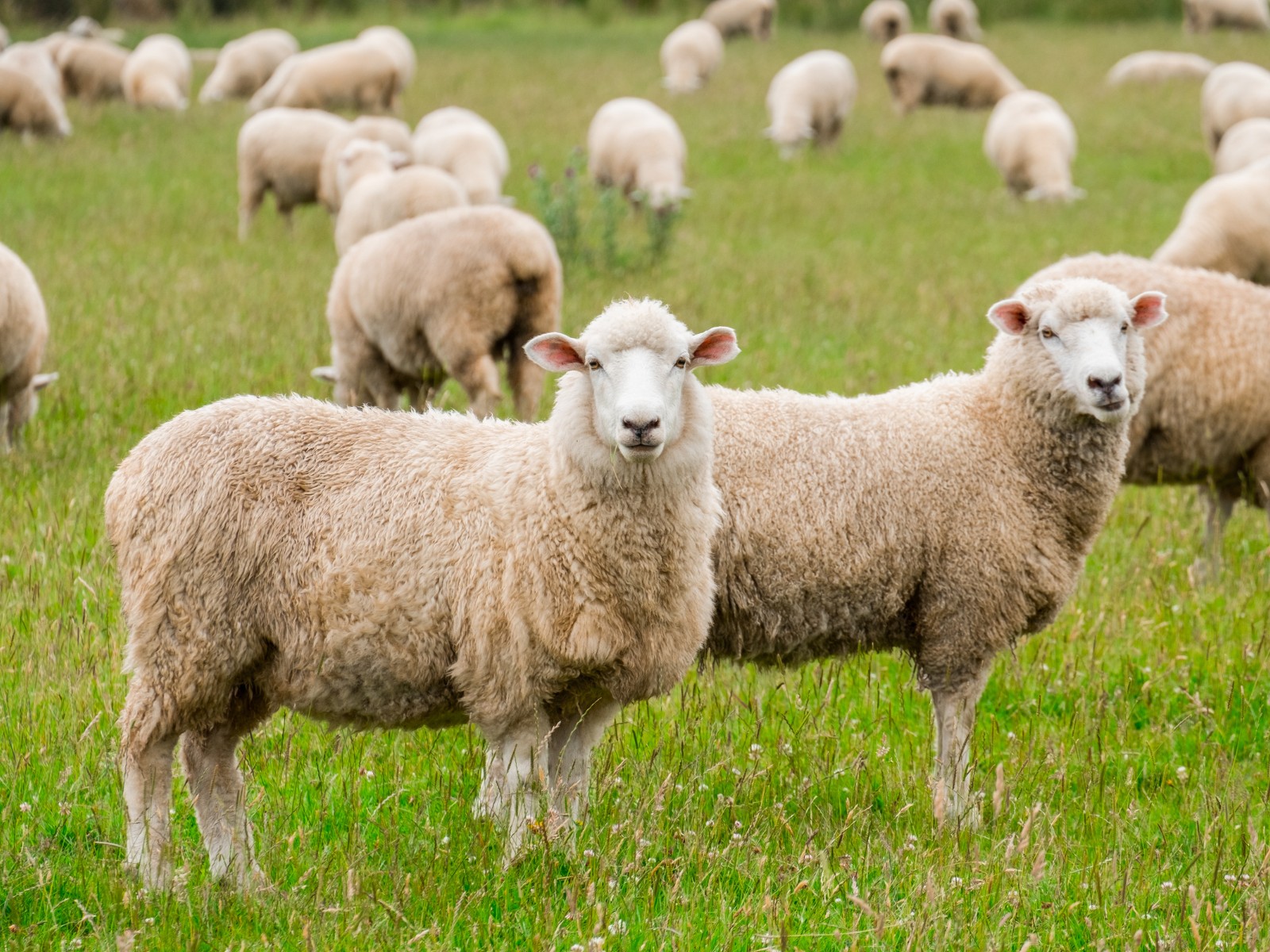Lamb and beef are both popular protein sources, offering delicious flavor and valuable nutrients. But when it comes to health, which one comes out on top? This guide delves into the nutritional profiles of lamb and beef, comparing their fat content, vitamins, minerals, and potential health impacts. We’ll also explore factors like sustainability and cost to help you make an informed decision about which meat is right for you.
Nutritional Showdown: Lamb vs. Beef
Both lamb and beef are nutritional powerhouses, providing a wealth of essential nutrients. They’re both excellent sources of complete protein, meaning they contain all nine essential amino acids our bodies need. They also boast significant amounts of iron, zinc, vitamin B12, and other vital nutrients. However, some key differences exist:
| Nutrient (3 oz Serving) | Ground Beef | Ground Lamb | Average Daily Requirement |
|---|---|---|---|
| Calories | 250 | 280 | Varies |
| Protein | 18 g | 16 g | Varies |
| Fat | 20 g | 23 g | Varies |
| Iron | 2 mg | 1 mg | 18 mg |
| Magnesium | 16 mg | 21 mg | 350 mg |
| Zinc | 4 mg | 3 mg | 8 mg |
| Vitamin B12 | 2 mcg | 2.5 mcg | 2.4 mcg |





Fat Content: Lamb generally contains more fat than beef, especially saturated fat. However, the fat content varies significantly depending on the cut. Lean cuts of both meats are available.
Omega-3 Fatty Acids: Lamb tends to be richer in omega-3 fatty acids compared to beef, especially if the animal was grass-fed. Omega-3s are beneficial for heart health and brain function.
Iron: Beef is a slightly better source of iron than lamb. Heme iron, the type found in animal products, is more readily absorbed by the body than non-heme iron found in plant-based foods.
Beyond Nutrition: Sustainability and Cost
Environmental Impact: Lamb production often has a lower environmental footprint than beef production. Lamb requires less land and water, and produces fewer greenhouse gas emissions. However, farming practices vary, so generalizations can be misleading. Locally sourced meat often has a smaller environmental impact.
Cost: Lamb is typically more expensive than beef due to factors like lower demand and longer production times.
The Verdict: Which is Healthier?
Choosing between lamb and beef depends on individual priorities. If minimizing saturated fat intake is a primary concern, lean cuts of beef might be a better choice. If maximizing omega-3 intake is a priority, lamb could be more advantageous. Both meats offer valuable nutrients and can be part of a healthy diet.
Making the Best Choice for You
Focus on choosing lean cuts, practicing portion control, and incorporating a variety of protein sources into your diet. Consulting a healthcare professional or registered dietitian can provide personalized dietary guidance.